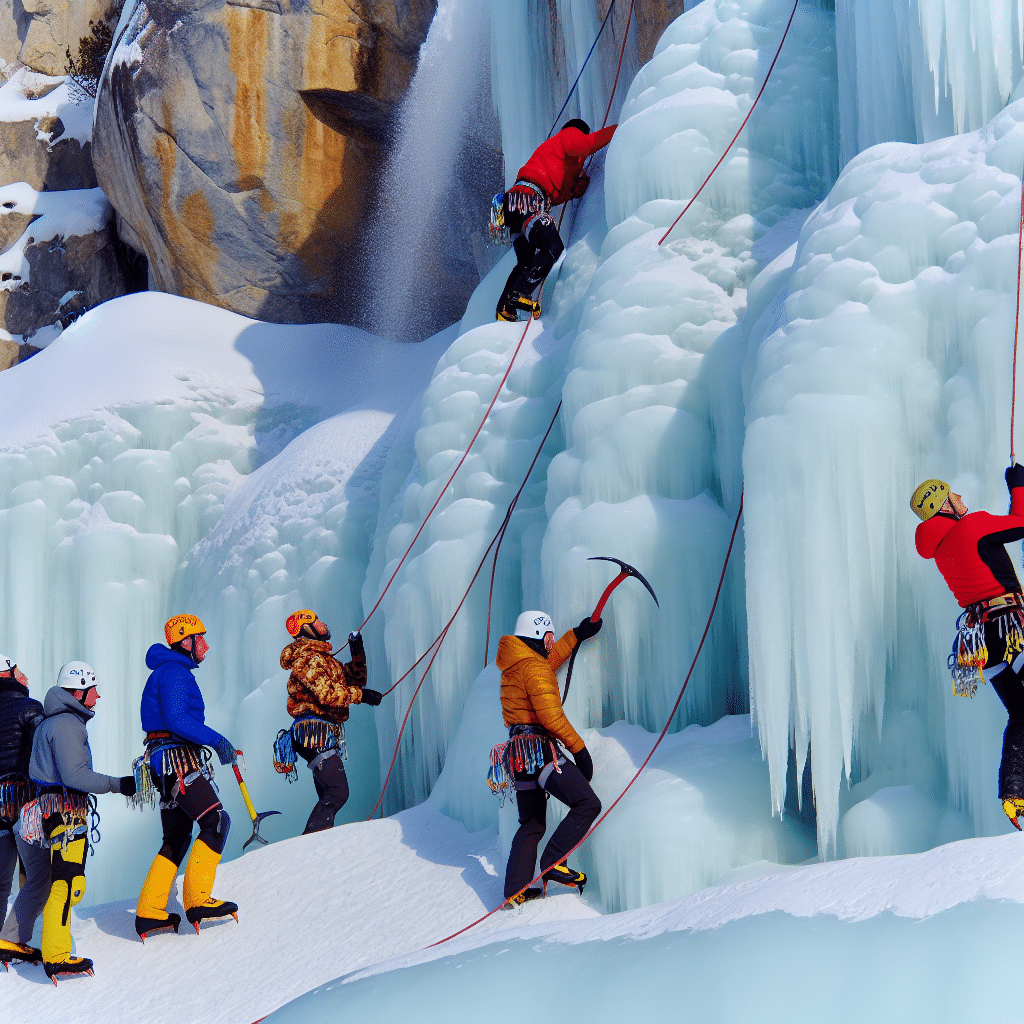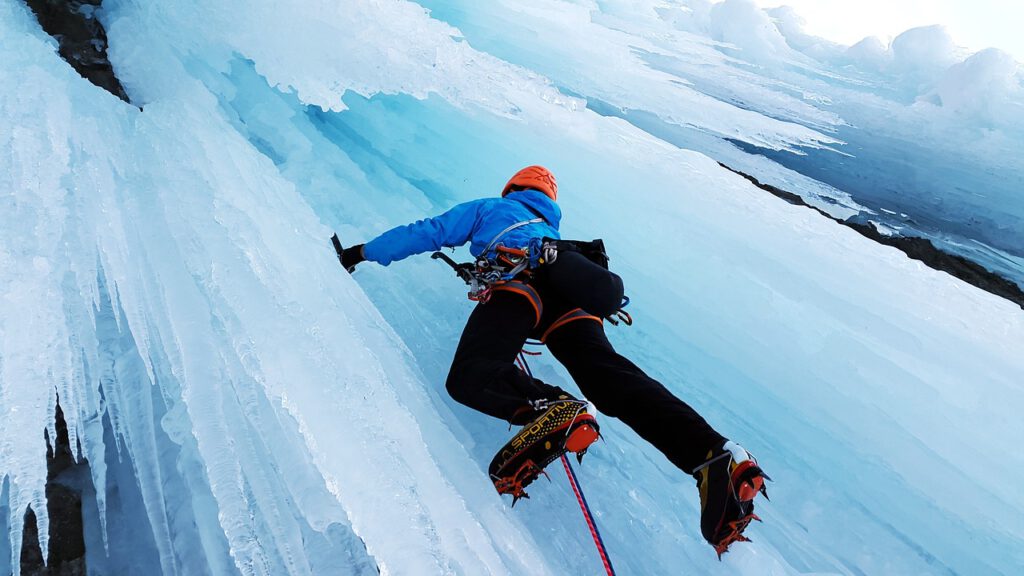Ice climbing is an extreme sport that tests one’s endurance, strength, and mental fortitude to the limits. Regardless of its inherent dangers, it continues to attract a myriad of hopeful climbers from all walks of life. However, if you’re a beginner, it’s crucial to have an in-depth understanding of ice climbing grades. This grading system gives climbers a broad idea of the challenges they might encounter during their ascent. It includes factors such as the steepness of the ice, length of the climb, quality of the ice, and other environmental considerations. This article dives into the complexity of ice climbing grades and explores why they are critical to your climbing ventures.
What are Ice Climbing Grades?
Ice climbing grades are a subjective ranking system that tries to quantify the difficulty of a particular climb based on several factors. These grades can range from WI1 (Water Ice 1), the easiest grade, to WI7 – the hardest grade.
Why are they important?
These grades are a crucial aspect of ice climbing because they help climbers gauge their abilities and select climbs that are within their skill range. They are also a safety measure, allowing climbers to avoid routes that are beyond their capacity, therefore reducing the risk of accidents.Understanding the Grading System
Water Ice Grades (WI)
Water Ice Grades range from WI1 to WI7. WI1 refers to low-angled ice (up to 60 degrees) with good quality ice and ample places to rest. Progressing up the scale, WI3 involves moderately steep ice (60-70 degrees), while WI4 offers steep ice with fewer resting points. WI5 introduces near-vertical or vertical ice with limited resting spots. WI6 is vertical or overhanging with fewer resting spots and possibly requires complex techniques to ascend. Finally, WI7 is a severely overhanging, complex and sustained climb, often requiring a high level of skill to scale.
Mixed Climbing Grades (M)
Mixed Climbing Grades (M) include both ice and rock climbing elements. The M-scale ranges from M1 to M12. M1-M3 are generally easy; they involve some ice climbing and may have short, simple rock climbing elements. M4-M6 are moderate difficulty, with more challenging rock sections and greater ice climbing requirements. M7-M9 are hard, often requiring advanced climbing techniques and powerful moves. M10-M12 are very hard to exceptionally hard, needing climbers to execute dynamic and complex moves under intense conditions.
Alpine Ice Grades (AI)
Alpine Ice Grades (AI) differ from the WI grades as they take into account the overall difficulty of the climb, not just the ice’s steepness. They range from AI1 to AI6. AI1 is easy, low-angled glacier ice, while AI2 introduces steeper, more complex terrain. AI3 to AI6 becomes increasingly steep and complex, with AI6 standing as a vertical, or over-vertical, route with poor ice conditions and requiring advanced ice climbing techniques.
Limitations of the Grading System
While ice climbing grades provide a helpful guide, they have limitations. Given the subjective nature of assigning grades, what one climber finds challenging, another may find easier. Moreover, the conditions of the ice can shift dramatically with changes in weather, rendering the grading system momentarily inaccurate. Hence, it is essential to approach ice climbing with a humble mindset while being open to the challenges that each new climb offers.
In conclusion, understanding ice climbing grades is paramount to tackling this extreme sport well. They guide climbers, helping them choose appropriate climbing routes and making their climbing experience safer and more enjoyable. However, it’s important to remember that the grades are not absolute; weather conditions and personal climbing skills also play a significant part. Whether you’re a seasoned climber or a beginner, it’s crucial to respect the grading system and listen to the wisdom it offers.




